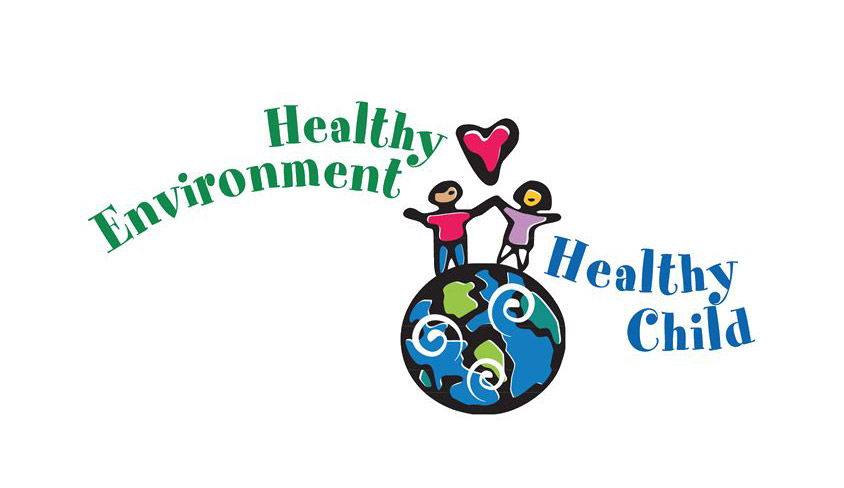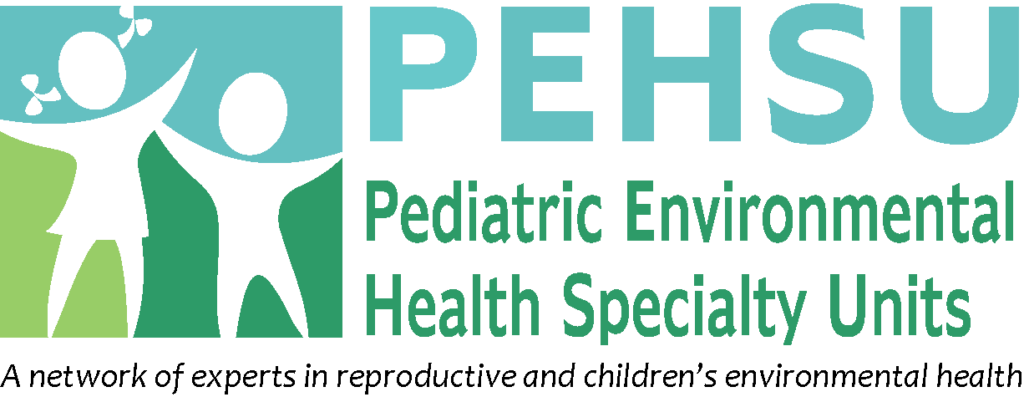Pediatric Environmental Health Toolkit
E-Toolkit for Prevention
The FREE Pediatric Environmental Health: e-Toolkit for Prevention (PEHT, 3rd edition) provides trusted information to healthcare providers on environmental health threats. Our tool can help you educate parents and families about common exposures and prevention strategies!

Overview
The Toolkit is on a mobile-friendly webpage that provides examples of how and where we live, eat, sleep, work, and play can impact our health. Beginning in the womb and continuing throughout life, environmental factors are strong determinants of health. This tool will help you provide current and scientifically based advice to patients on key actions we can take to optimize health. For each main PEHT topic, there is a corresponding patient-facing Prescription for Prevention.

Main Content
PEHT main content is found in three sections that interweave, providing access to the same information in different ways.
- Environmental Hazard briefs cover specific toxic chemicals that a child might be exposed to (e.g. lead); these include subsections on health effects, routes of exposure and prevention strategies (including anticipatory guidance).
- Exposure Source briefs cover the substances that children are exposed to, which may in turn contain toxic chemicals (e.g., water).
- Anticipatory Guidance provides the same prevention strategies keyed to thirteen age groups from prenatal through teen years.
Concept Sections
The PEHT also contains 7 key concept sections that provide foundational information for pediatric environmental health. These include: the unique vulnerability of children, unique vulnerabilities during pregnancy, how the chemical and built environments influence health, routes of exposure, extreme weather and environmental justice.
For more information, check out trusted resources and references such as the Pediatric Environmental Health Specialty Units that can be contacted with questions about environmental health issues.
Pediatric Environmental Health Toolkit (PEHT) Training Module
This module was created in association with a former edition of the PEHT (2nd edition), but the environmental content remains relevant. The module reviews children’s unique vulnerabilities to environmental hazards, sources of exposure, and offers suggestions for incorporating anticipatory guidance in well-child visits.
Created by PEHSU and endorsed by PSR and UCSF EaRTH Center.




